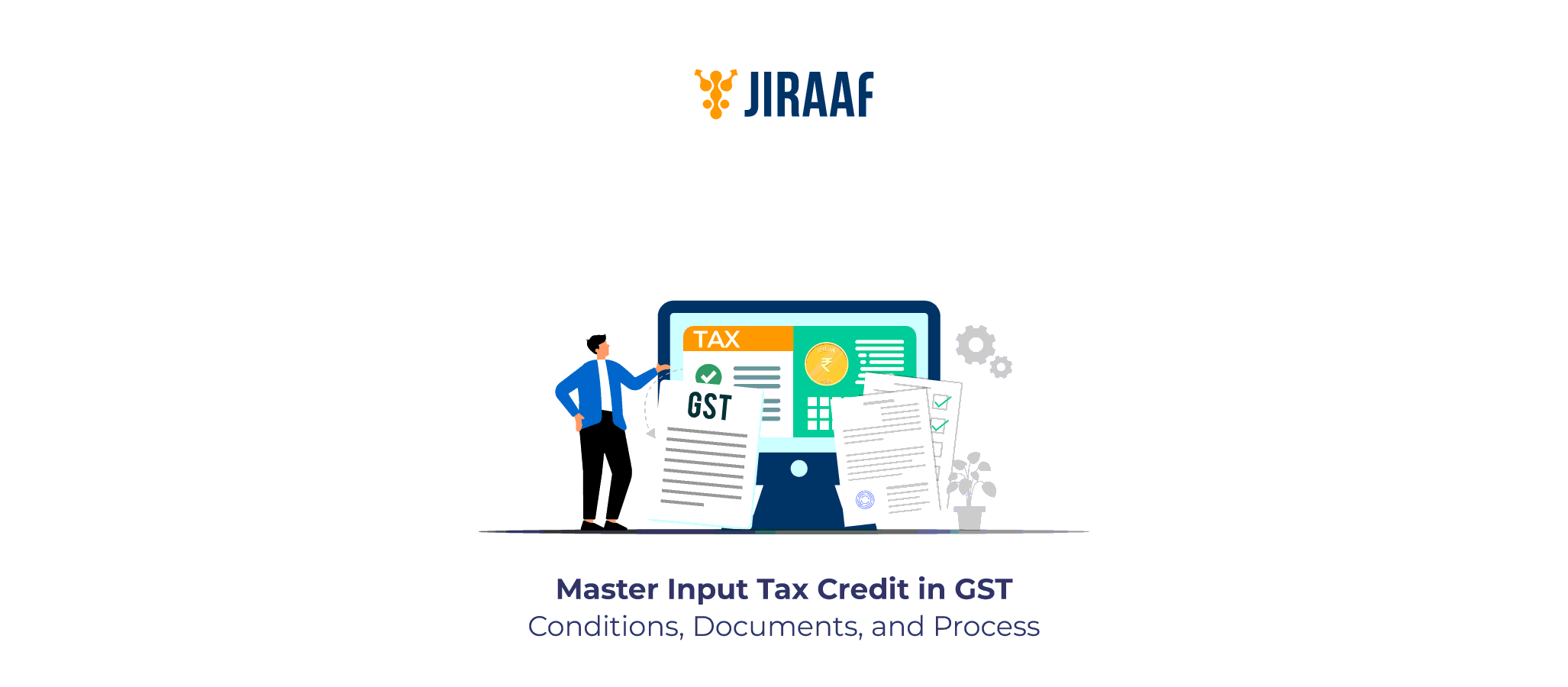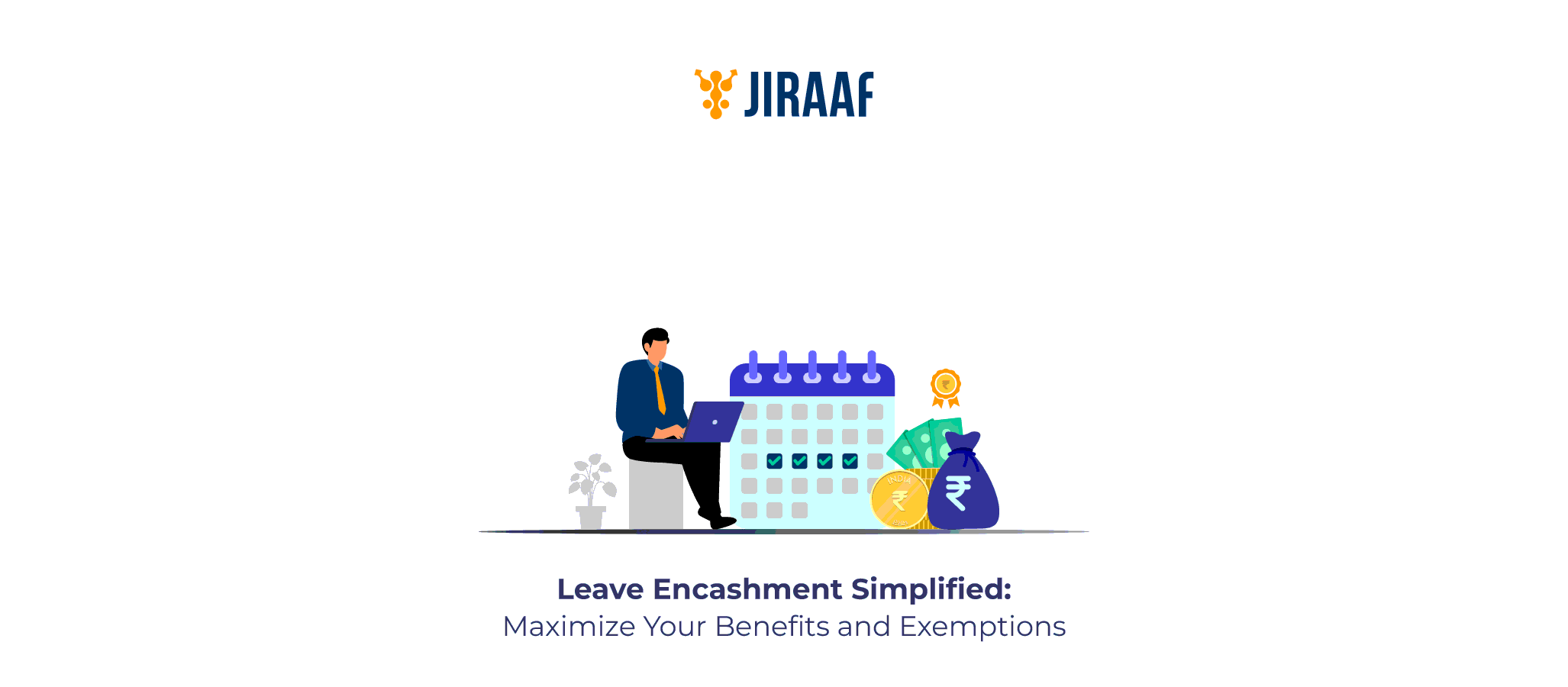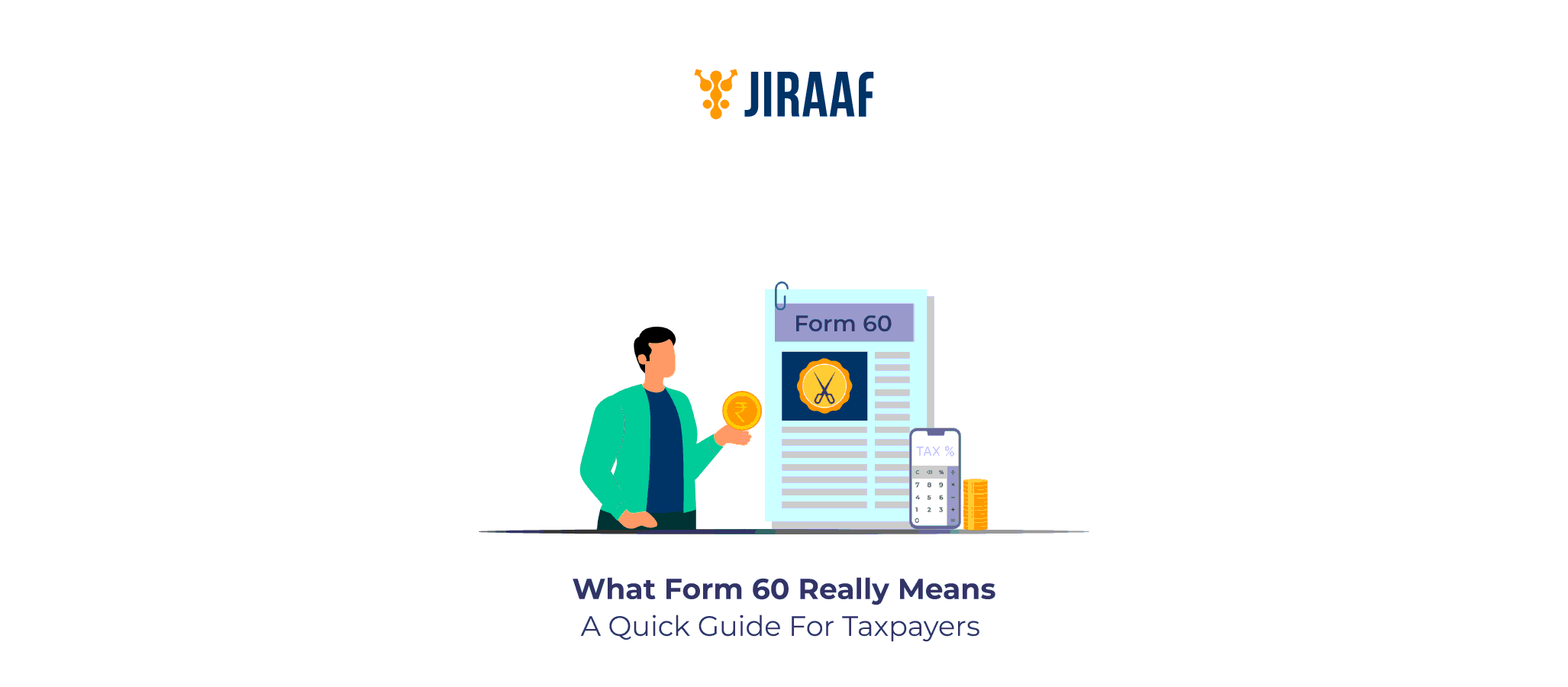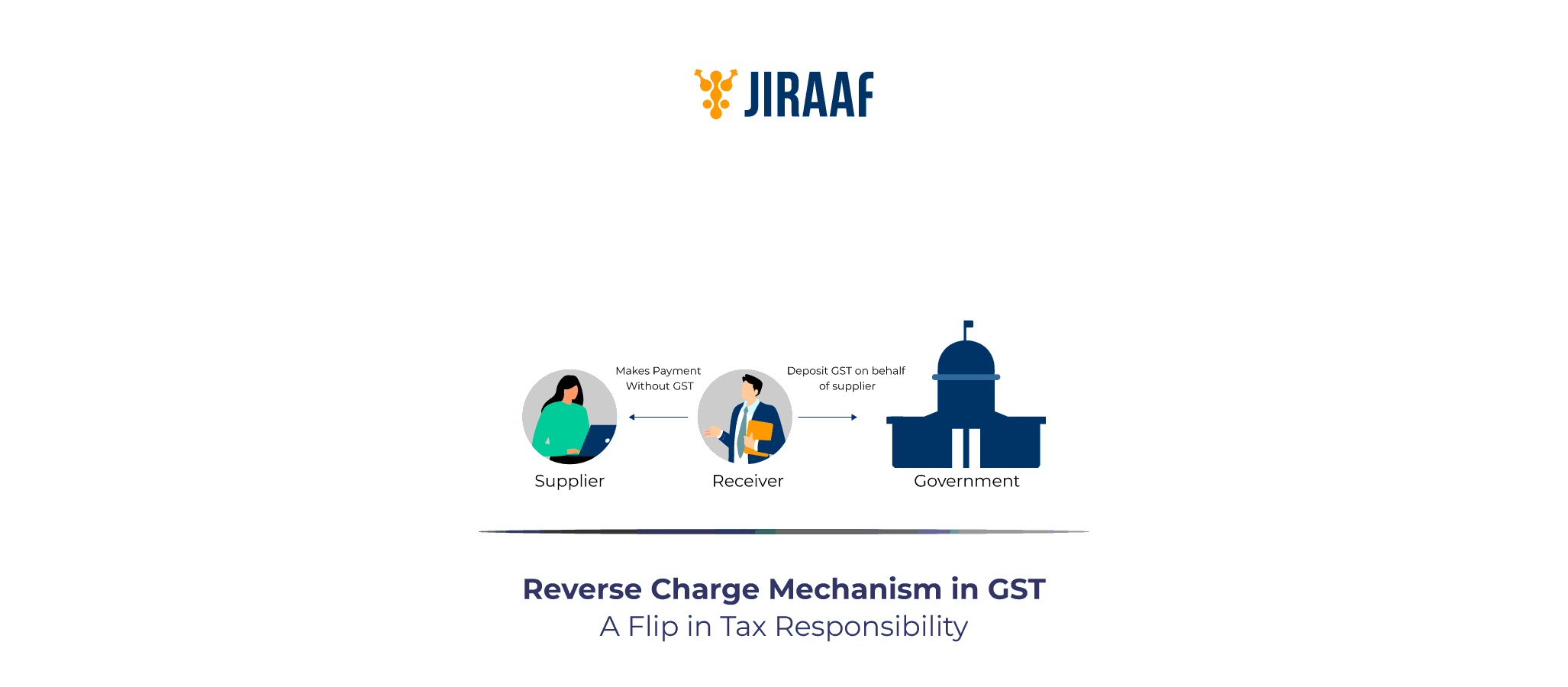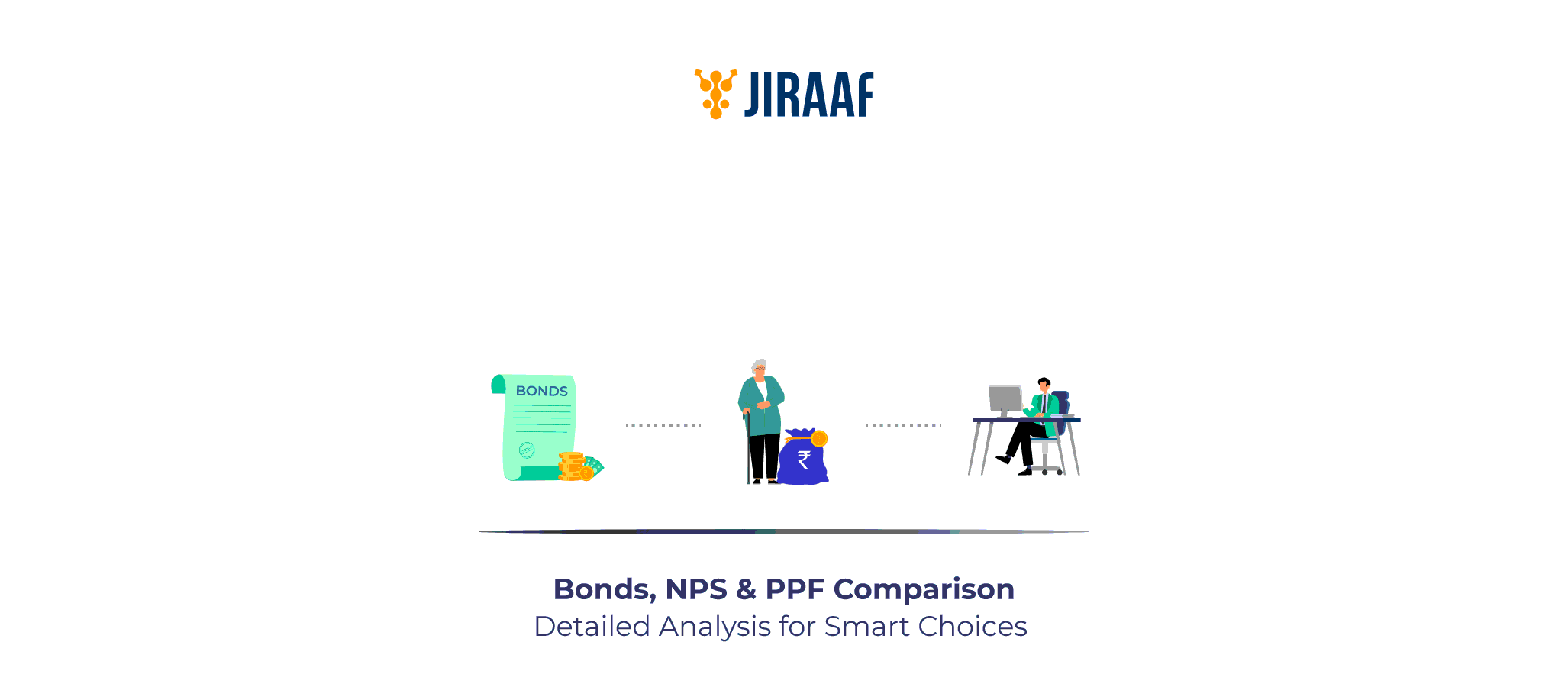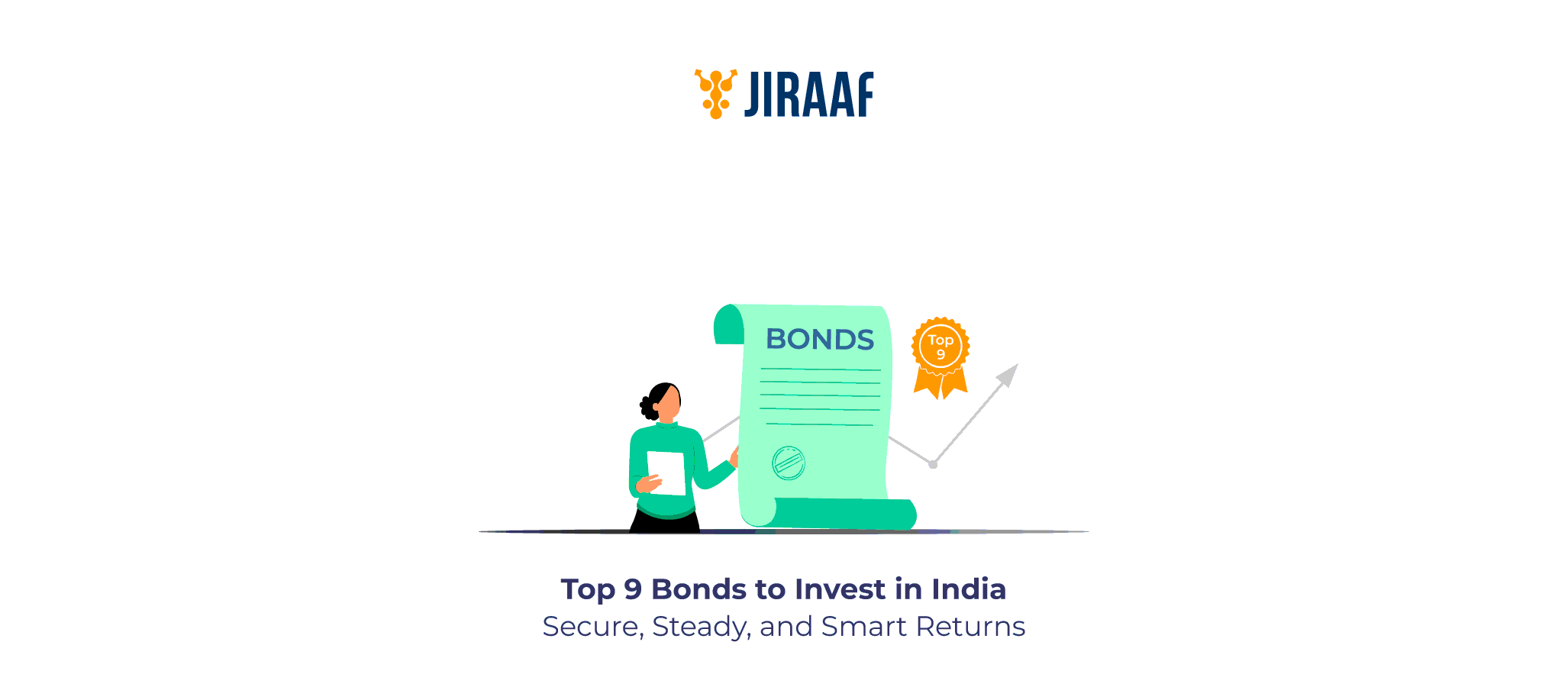For most business owners, paying GST feels straightforward—you collect tax on sales and pay tax on purchases. But sometimes, when the numbers don’t seem to add up, it might not be an accounting error; how indirect taxes work could also have something to do with it.
These taxes seem to sneak up if not carefully considered and planned for, and that’s where Input Tax Credit (ITC) steps in as a crucial balancing mechanism in the GST system. It ensures you aren’t paying more tax than you should and keeps your cash flow from tightening unnecessarily.
Yet, many businesses still struggle to understand how to claim ITC correctly, what qualifies for it, and when it applies.
This article breaks it down clearly: what ITC really means, the rules you must follow, and the cases where it can’t be claimed—so you can make the most of it while staying fully compliant.
What is Input Tax Credit (ITC)?
Input Tax Credit, or ITC, is the mechanism by which a taxpayer can reduce the GST they owe on their output supplies by the GST already paid on their inputs. To break it down: when you buy goods or services for your business, you pay tax on those purchases (input tax). Later, when you sell (supply) those goods or services, you collect tax from your customer (output tax). ITC allows you to subtract the tax you already paid from the tax you need to remit—so you only pay the net tax.
Why does this matter? Because it prevents “tax-on-tax” (cascading effect), promotes seamless business operations, and helps you maintain healthy cash flows by not paying more tax than necessary. In other words, using ITC correctly gives you a working capital boost and improves profitability.
Understanding ITC in theory is one thing—but its real value becomes clear only when you see how it plays out in day-to-day business transactions. Let’s break it down with a simple example.
How Input Tax Credit Works under GST
Imagine you run a manufacturing unit. You purchase raw materials worth ₹1,00,000, plus 18% GST (₹18,000), paying a total of ₹1,18,000 to your supplier. Later, you sell finished goods for ₹1,50,000 plus 18% GST (₹27,000).
Without ITC, you would have to pay the entire ₹27,000 as tax. But because you already paid ₹18,000 on inputs, that amount can be claimed as credit, reducing your net GST liability to ₹9,000. This mechanism not only prevents tax-on-tax but also helps you manage cash flow and improve working capital efficiency.
It’s important to remember that the credit of CGST cannot be used for SGST/UTGST payments, and vice versa.
IGST credit must be utilized first for IGST liability, then for CGST liability, and any remaining amount for SGST/UTGST liability before using CGST or SGST/UTGST in your Electronic Credit Ledger.
The order of utilization for IGST is: IGST → CGST → SGST/UTGST.
The utilization of CGST and SGST/UTGST must be against their respective liabilities first.
Credit of CGST can be used for CGST → IGST.
Credit of SGST/UTGST can be used for SGST/UTGST → IGST.
Keeping these rules in mind ensures you don’t run into compliance issues while claiming ITC.
A registered person shall not be entitled to take input tax credit in respect of any invoice or debit note for supply of goods or services or both after the thirtieth day of November following the end of the financial year to which such invoice or debit note pertains, or after the furnishing of the relevant annual return, whichever is earlier.
By understanding how much you can claim and by when, you can leverage ITC to its fullest while staying compliant. With that clarity, the next step is to look at the conditions you must satisfy before claiming this credit.
Conditions to Claim Input Tax Credit under GST
Before you claim ITC, you must cross certain checkpoints. These are non-negotiable.
1. Valid tax invoice or supporting document
The process begins with documentation. You must hold a valid tax invoice, debit note, or another notified document issued by your supplier. This serves as legal proof that GST has been charged and enables you to link your purchase to a specific transaction in the GST system.
2. Actual receipt of goods or services
You can’t claim credit just by receiving an invoice. You must have received the goods or services. If your purchase arrives in installments or batches, the credit becomes available only after the final lot has been delivered. This ensures that credit is linked to actual business use, not just an intent to purchase.
3. Tax must be paid by the supplier
Even if you’ve paid your supplier, ITC isn’t yours until the supplier has paid that GST to the government, either through cash or by using their own ITC balance. Furthermore, the details of the invoice or debit note must have been furnished by the supplier in their GSTR-1 (or using the Invoice Furnishing Facility), and the details must be communicated to the recipient in GSTR-2B. This condition prevents revenue leakage by ensuring that tax credits flow through verified, tax-compliant suppliers.
4. Filing of return (GSTR-3B or applicable form)
Your return acts as the official claim for ITC. You must declare the eligible credit in GSTR-3B (or another prescribed form) for that period. Without this, the GST system won’t recognize the claim, even if all other conditions are met.
5. Payment to supplier within 180 days
If you’ve received goods or services but haven’t paid the supplier within 180 days (including GST), your ITC temporarily reverses. The unpaid amount, along with interest, will be added to your output tax liability. Once payment is made, you can reclaim the credit. This rule ensures that suppliers aren’t deprived of their dues and that the credit system remains fair.
6. Special cases where reversal isn’t needed
Under GST, if you don’t pay your supplier the invoice value plus tax within 180 days, you generally need to reverse the ITC claimed.
However, certain situations are treated as “payment deemed made”, meaning ITC remains intact even without an actual transfer of money. These include:
- Supplies made without consideration but treated as taxable under Schedule I, such as stock transfers between branches of the same entity.
- Amounts added to the value of supply under Section 15(2)(b) of the CGST Act, where the law itself requires inclusion of certain expenses in the taxable value.
- Post-sale discounts or financial credit notes issued by suppliers—here, the reduced payment isn’t a default; it’s an agreed-upon value adjustment, so ITC reversal isn’t triggered.
Each of these ensures that ITC is preserved where the transaction structure itself justifies it, even if no direct payment is made. These conditions tell you when you can claim ITC. Next, we’ll look at when you cannot claim it, as understanding those boundaries helps you stay compliant and avoid nasty surprises.
Cases Where ITC Cannot be Claimed
Even when you tick all the boxes above, there are situations where the law doesn’t allow ITC. Knowing these helps you avoid claims that lead to reversals or penalties.
1. Motor vehicles and transport services
You can’t claim ITC on motor vehicles or conveyances unless they have a seating capacity of more than 13 people (including the driver). This is because personal or mixed use of smaller vehicles is common. However, credit is allowed if the vehicle is used for supplying transportation, training, or other eligible business services.
2. Personal or lifestyle-related services
Expenses on food, beverages, outdoor catering, beauty treatment, health services, club memberships, gyms, or insurance generally don’t qualify for ITC. These are viewed as personal or employee welfare expenses, not core business costs.
An exception exists when such services are mandated by law, such as health or life insurance required by an employer under statutory obligation. Another exception is when the services form an integral part of a composite supply or are a part of a taxable supply where the business is engaged in the same line of business (e.g., a catering company purchasing catering services).
3. Works contracts and construction expenses
If you hire contractors to construct or renovate immovable property (like buildings or offices), ITC is not allowed. The only exception is when the works contract itself is your business service (for example, if you are a builder providing works contract services to others).
4. Self-construction of immovable property
Even if you build immovable property on your own account, say, constructing your own office building, ITC can’t be claimed. This restriction applies to goods or services (or both) used for constructing immovable property, other than plant and machinery, for own use, even if used in the course or furtherance of business. The government restricts this because such property becomes a capital asset, not a consumed input in business operations.
5. Purchases from composition dealers
Supplies received from a person paying tax under the composition scheme are ineligible for ITC. Since composition taxpayers pay tax at a fixed rate and can’t collect GST from buyers, the recipient can’t claim any input credit on those purchases.
6. Goods or services used for personal consumption
Any purchase used partly or wholly for personal purposes, like office laptops used at home or company vehicles for private trips, disqualifies for ITC to the extent of non-business use.
7. Goods lost, stolen, or disposed of without sale
ITC cannot be claimed on goods that are lost, destroyed, written off, gifted, or given as free samples. Since these items never generate taxable output, the tax already paid on them can’t be offset.
8. Taxes paid due to fraud or penalty cases
If you’ve paid GST as a result of fraud, suppression, misdeclaration, seizure, or detention, that amount is not eligible for credit. The idea is simple—ITC should never be used to neutralize a penalty or a tax paid as a consequence of non-compliance.
You now know both the “can” and the “can’t” of ITC eligibility. The final step in the process is making sure you document everything properly, so your claim can be processed successfully. Let’s examine the documents required!
Documents Required to Claim ITC
Documentation is your safety net when claiming ITC, and it proves you met the test and helps withstand scrutiny.
- Tax Invoice issued by a registered supplier of goods or services.
- Tax Invoice issued by the recipient (where relevant) along with proof of tax payment (in reverse charge scenarios). Self-invoice for reverse charge supplies where the supplier is unregistered.
- A Debit Note issued by the supplier.
- Bill of Entry or similar customs document, if goods were imported.
- Revised Invoice (if the supplier corrects the original).
- Document issued by the Input Service Distributor (ISD).
With documents in hand, the next practical question is how to claim ITC via the GST portal. Understanding that step by step completes your roadmap.
How to Claim Input Tax Credit on the GST Portal
Here’s a step-by-step breakdown of how you can claim ITC online:
- Log in to the official GST portal at www.gst.gov.in using your GSTIN and valid credentials.
- Navigate to Services → Returns → ITC Forms and select the relevant form (e.g., ITC-01 when needed).
- Verify that the invoices reflecting your inputs appear in your GSTR-2B statement (auto-populated by the GST system based on supplier filings).
- While filing your summary return (GSTR-3B or new return structure), enter the eligible ITC amount in the dedicated section (e.g., Table 4(A)(3) for RCM cases).
- Check your Electronic Credit Ledger balance to confirm the credit is available and has not been blocked due to a mismatch or compliance checks.
- Maintain your documentary evidence (invoices, payment challans, reconciliations) in case the tax authority raises a query or issues a demand.
Following this process helps you convert what is easily a “tax cost” into a working-capital benefit—earning you greater efficiency and clarity.
Conclusion
Remember, understanding ITC is one thing, but staying compliant is another. The GST framework often introduces special provisions and periodic amendments, so it’s essential to stay updated with GST Council meetings and notifications to avoid missing key changes.
If any part of the process feels uncertain—from eligibility to documentation—it’s wise to consult a qualified tax professional. Getting the right guidance early can help you claim credits confidently and keep your compliance record clean.
In the end, ITC works best when approached with clarity, discipline, and awareness, not as a one-time rule to follow, but as a habit that strengthens your financial foundation.
